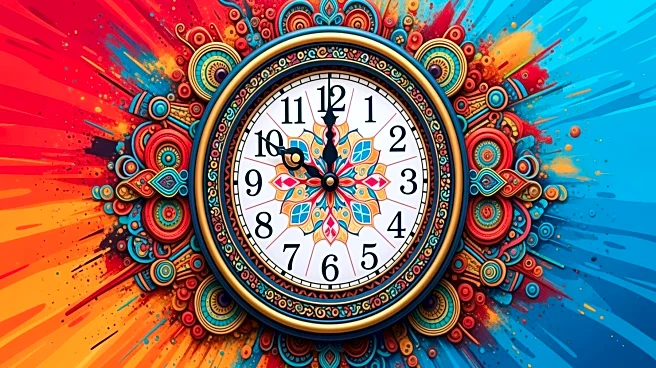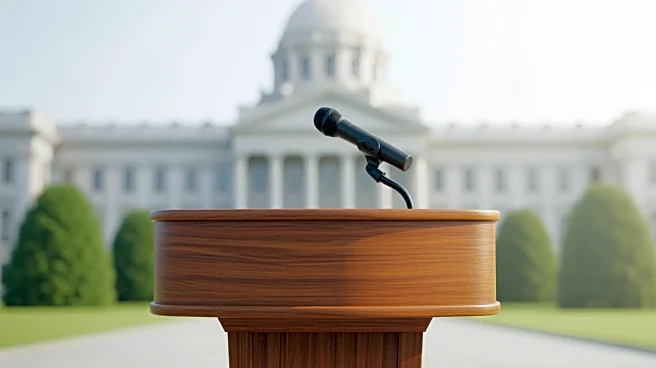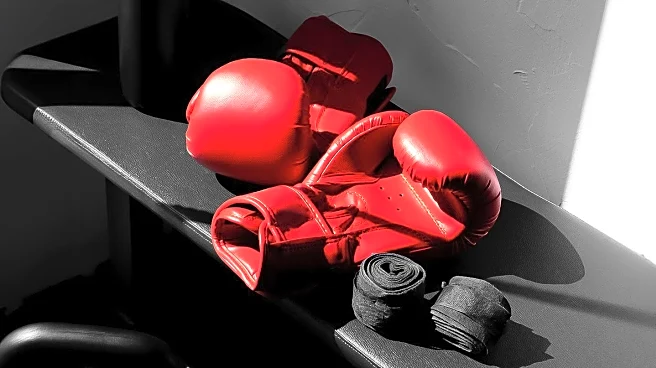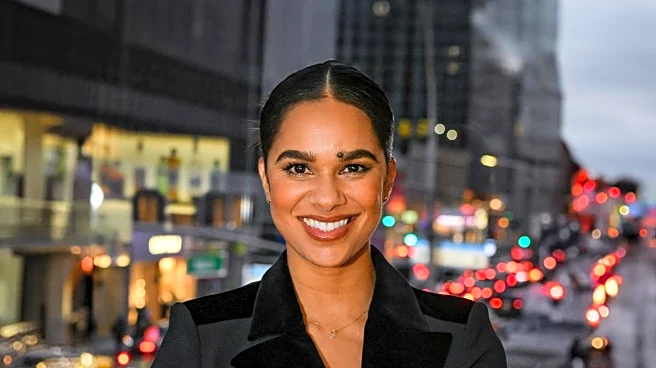What's Happening?
Flavor Flav, known as the 'People's Timekeeper' and a prominent figure in hip-hop, is being considered for TIME Magazine's Person of the Year. His influence extends beyond music, as he has actively participated in community support and cultural bridging.
Recently, he helped raise funds for Black families affected by the Los Angeles fires and supported various sports teams, including the U.S. women's water polo team. Flavor Flav's approach to life, characterized by joy and generosity, has made him a symbol of unity and positivity in a divided world. His actions have resonated with many, leading to calls for his recognition as a significant cultural figure.
Why It's Important?
Flavor Flav's potential recognition by TIME Magazine highlights the importance of cultural figures who use their platform for positive change. His efforts in community support and cultural bridging demonstrate the impact of non-traditional leaders in fostering unity and empathy. By advocating for joy and generosity, Flavor Flav challenges the conventional notion of leadership, emphasizing the power of cultural influence in addressing societal issues. His recognition could inspire other artists and public figures to leverage their influence for community betterment, promoting a culture of kindness and inclusivity.
What's Next?
If Flavor Flav is recognized by TIME Magazine, it could further elevate his platform, allowing him to expand his community initiatives and cultural influence. This recognition might encourage other cultural figures to engage more actively in social causes, leveraging their visibility for positive impact. Additionally, it could spark discussions on the role of cultural leaders in shaping societal values and addressing issues of division and inequality.
Beyond the Headlines
Flavor Flav's advocacy for joy and unity in a divided world raises questions about the role of cultural figures in social movements. His approach challenges traditional leadership models, suggesting that cultural influence can be a powerful tool for societal change. This perspective could lead to a reevaluation of how cultural leaders are perceived and their potential to drive positive change.













